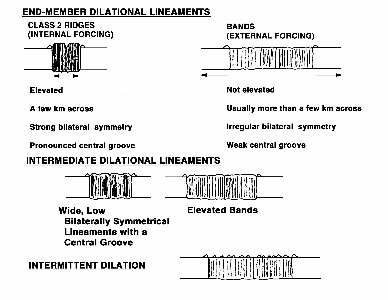

Fig. 17. Models for lithospheric dilation
Class 2 ridges and bands (top row)
are end members in a continuum of processes which form dilational lineaments.
Intermediate dilational lineaments (middle), which have characteristics
of both bands and ridges, represent intermediate forms created by such
a process continuum. Morphologic elements that may vary in response to
this process continuum are: (1) elevation of the lineament surface; (2)
width of the lineament, although width is also a function of longevity;
(3) bilateral symmetry; and (4) prominence of a central groove. Mixtures
of the internal forcing which produces dilational ridges and the external
forcing which produces bands can create these intermediates by causing
variations in the intensity with which these elements are expressed. The
key to these variations is the degree to which tidal compression is counteracted
by external pulling forces. If external forcing is intermittent (bottom),
doublet ridges (Class 1, Greenberg taxonomy) may grow at the active crack,
only to be separated with later spreading. Repeated episodes may produce
densely-ridged terrain.